March is the tail end of the winter season and a month that has many benefits for road trippers hoping to explore the island. But as a shoulder month, nestled in between our winter and summer seasons, you’ll need to do some smart packing to be prepared for a good mix of weather and all sorts of exciting things to see and do during this time. That’s why we decided to create this guide to help you pack for Iceland in March and ensure you have only the best and most memorable trip.
So, if you’ve always wanted to road trip around the island and have always wondered when the best time for your road trip adventure would be, then read on – March may just be the perfect fit!
Why March Makes a Great Road Trip Option
There are many reasons why March is a great time to road trip around the island, but it will ultimately depend on a few factors, including your personal preferences and budget. Here’s what you need to know to make your decision:
- March means that the worst of the winter weather is behind you and you’re heading towards our warm and mild summer weather.
- The weather conditions in March also mean that road conditions are much less challenging, making it a great time to take on that Icelandic road trip you’ve always dreamed about.
- The island’s also come a long way from its 4 hours of daylight each day one gets mid-winter. You’re now looking at daylight hours growing from 10 hours a day at the beginning of the month to 13 hours a day by the end of it.
- This myriad of daylight hours is not only conducive to a jam-packed trip itinerary but, combined with the weather, makes for the ideal time to take on all sorts of outdoor adventures.
- March falls in our “off-season”, so you won’t need to deal with any of the peak season drawbacks, such as peak season crowds and peak season prices!
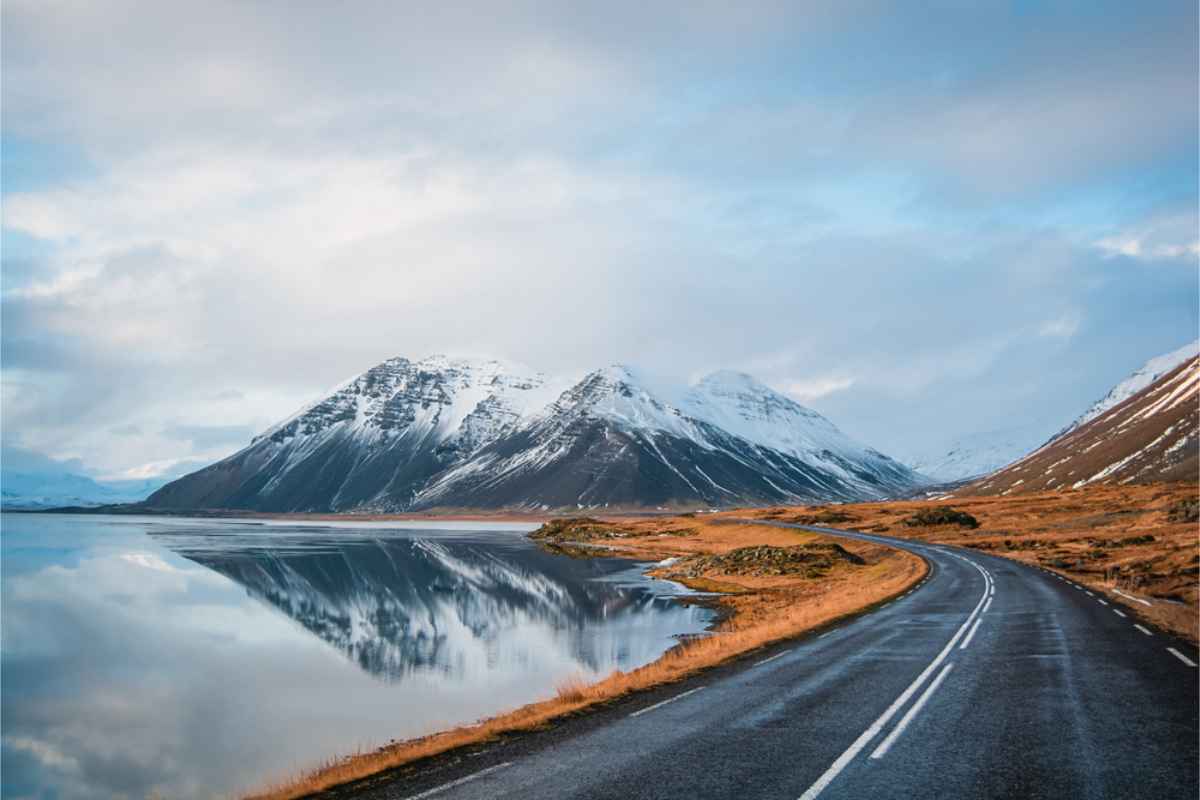
Why Packing Smart Matters for a March Road Trip in Iceland
There are quite a few things to keep in mind when packing for a road trip adventure in March. This includes the following considerations:
- The fluctuating weather conditions.
- Your trip itinerary.
- Packing space (your rental can only cram so much).
- The convenience of constantly packing and unpacking (the name of the game if you’re on a road trip, so you definitely don’t want to take a trip like this with 4 filled-to-the-brim, large suitcases).
Weather in Iceland in March: What to Expect
If you’re wondering what fluctuating weather conditions you need to pack for, we’re giving you the low down on everything from temperatures and rainfall to possible snowfall and our legendary winds:
The Temperature in Iceland in March
Although you’re heading towards warmer times here on the island, March is still technically part of the winter season, so you should be ready for the ice part in the Land of Fire and Ice.
You can expect temperatures ranging from -2 degrees Celsius to 3.5 degrees Celsius throughout the month, but you need to keep in mind that the northern parts of Iceland, as well as our mountain regions, are much colder and experience much harsher weather conditions than the rest of the island.

The further south you go, the warmer and milder the weather conditions tend to be. Temperatures can also be a bit misleading when walking around in our cities and towns since the buildings create shelter against some of our harsher elements, like our winds, which can create the illusion of it being slightly warmer there.
The Rainfall in Iceland in March
The average rainfall in Iceland in March totals about 81.8 mm (3.2 inches), which makes March one of our wettest months here on the island. Just keep in mind that March’s wetness is not all about rainfall; it’s also got a lot to do with snowfall and melting snow and ice.
The Wind Speeds in Iceland in March
The wind speeds in March average about 29 kilometers an hour (18 miles per hour), and while that may still seem pretty steep, it’s already drastically reduced from the over 35 kilometers an hour winds you get mid-winter.
The Snowfall in Iceland in March
They say that precipitation in March is almost 15 days in total, but what they don’t tell you is that it’s due to a strange mix of rain, sleet, and snow (so not one or the other). Since we’re at the tail end of winter, most snowfall will be in the form of flurries that total about 16 mm (0.6 inches) throughout the month. This, of course, does not include the northern parts of the country, where you can still experience the odd blizzard or two.
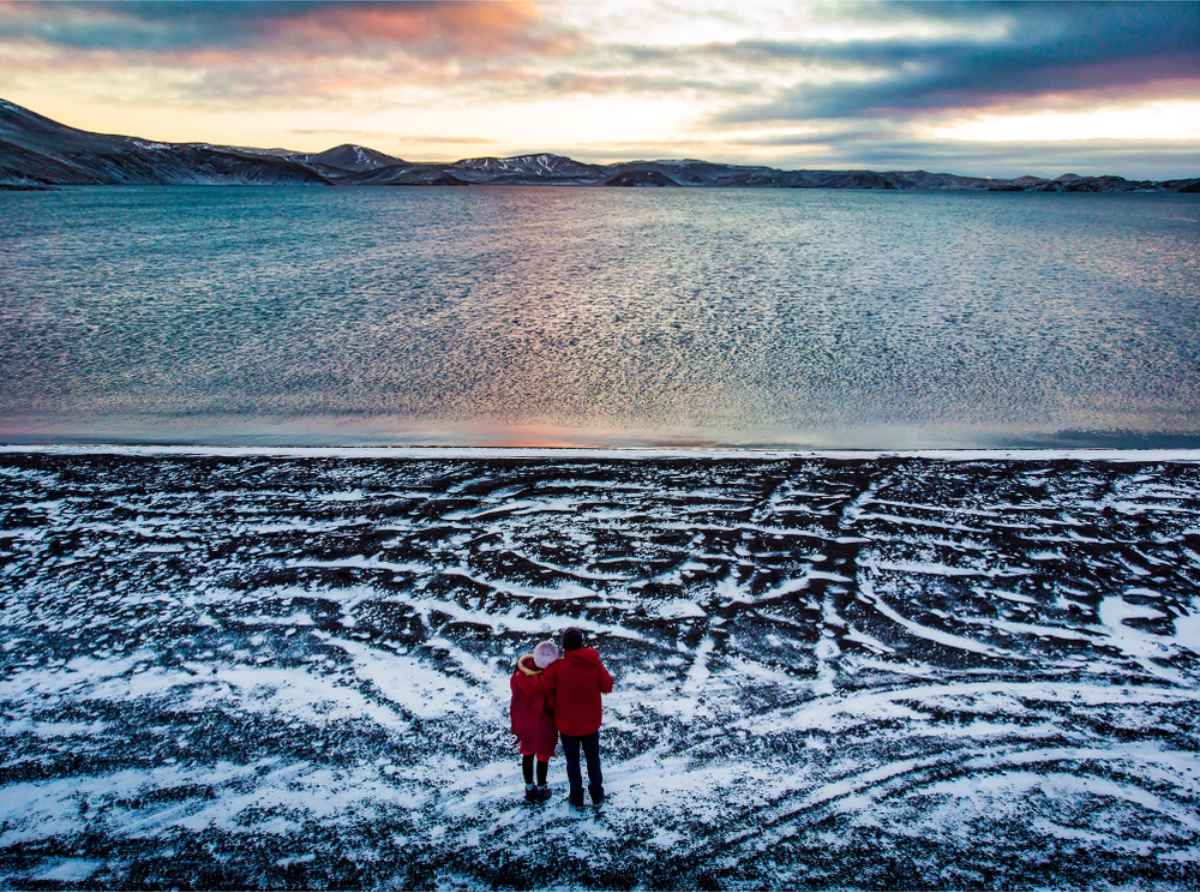
Essential Clothing for March in Iceland
With March essentially being a transitioning period back to our warmer months, some feel confused about what clothes to pack. The following will ensure that you keep nice and warm and dry during the last of our winter months and keep you prepared for any fluctuating conditions:
Base Layers
Thermal underwear is a must. The same goes for leggings. You can opt for thermal leggings (or long-johns if you’re a man). However, many women also swear by these new fleece leggings. Then you’ll need t-shirts and long-sleeved shirts to layer on top of each other in the best ’90s emo kid version of yourself.
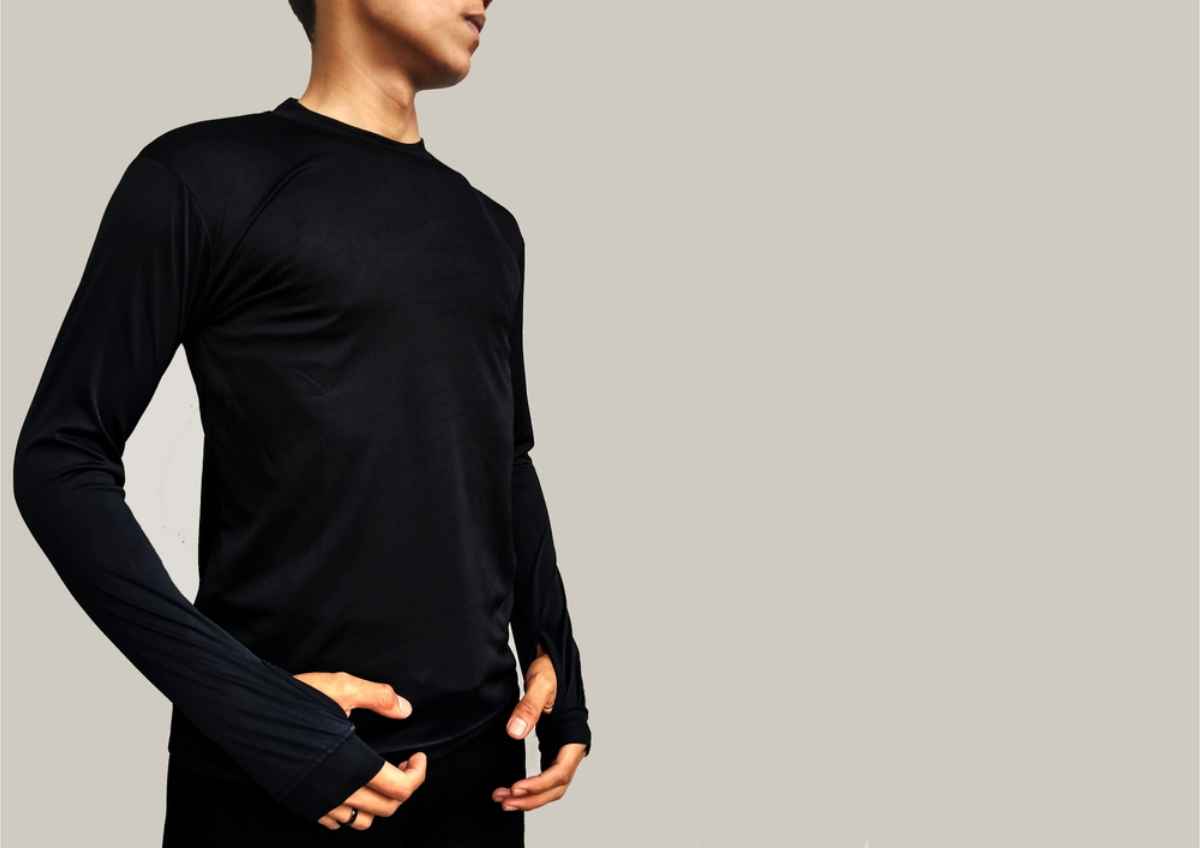
Mid-Layers
The next layers will be sweaters. Fleece and wool have been proven to work best in combating the Icelandic cold. If you’d like to save on some packing space, there and come back with pretty amazing souvenirs, then buy a few of our traditional Icelandic woolen sweaters called Lopapeysa once you’ve arrived on the island. These sweaters, decorated in the most beautiful patterns, are made for both males and females.
Outer Layers
This is where you will not only need windproof jackets (both short and long), but also waterproof clothing, including a raincoat. This is not just so you stay dry in the rain and the snow, but our waterfalls are also slowly waking up, and they bring with them lots of mist and spray (especially with all the winter meltwater). So, if you don’t want to end up looking like a drenched cat when visiting, waterproof clothing and gear are the way to go.
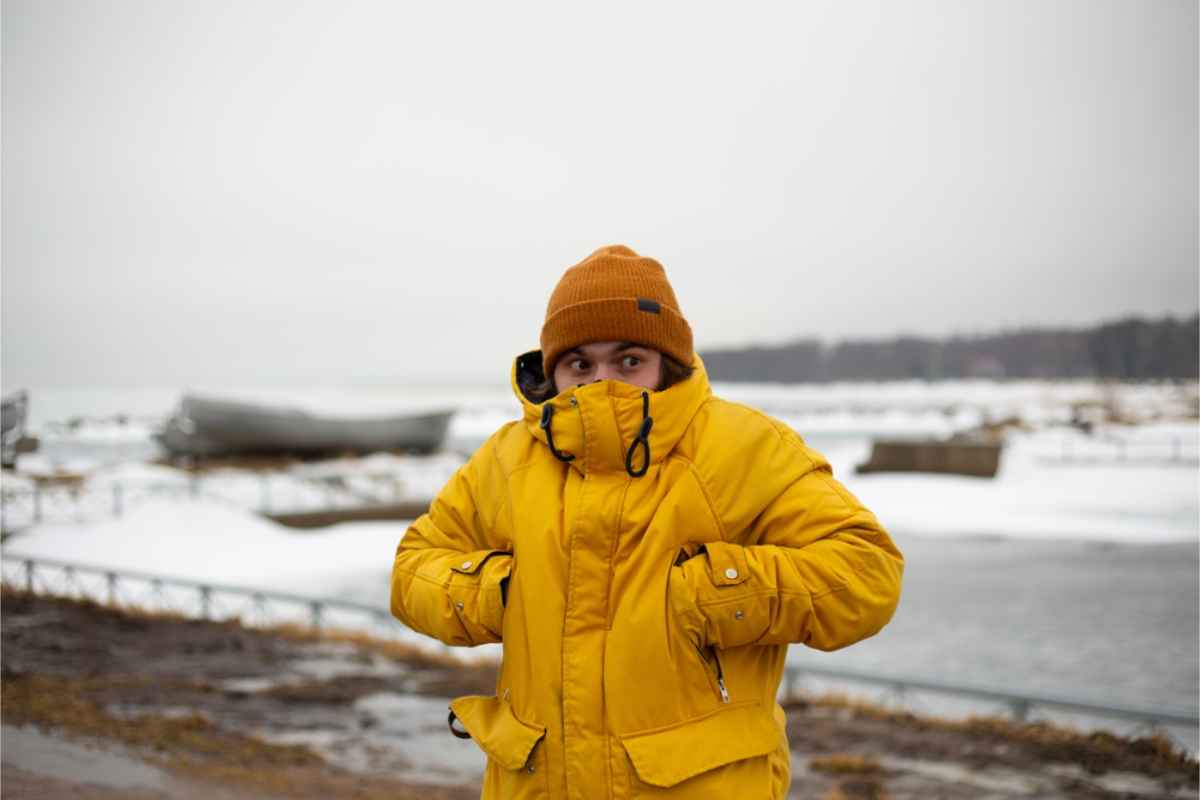
Footwear
Waterproof hiking boots are a must (not for hiking, but just for taking on our general winter conditions). Then we also recommend a comfortable pair of informal shoes (for when you explore the cities and towns). You can also bring an optional formal pair of shoes if you’re planning on celebrating a special occasion here on the island.
Accessories
As you may have already guessed, woolen scarves, gloves, and hats (beanies) are the order of the day. But there are a few accessories that may surprise you. These are sunglasses and sunscreen (usually only associated with fun in the sun getaways). But the glare off the snow, ice, and water can leave you permanently squinting, and, yes, also with a nasty sunburn.
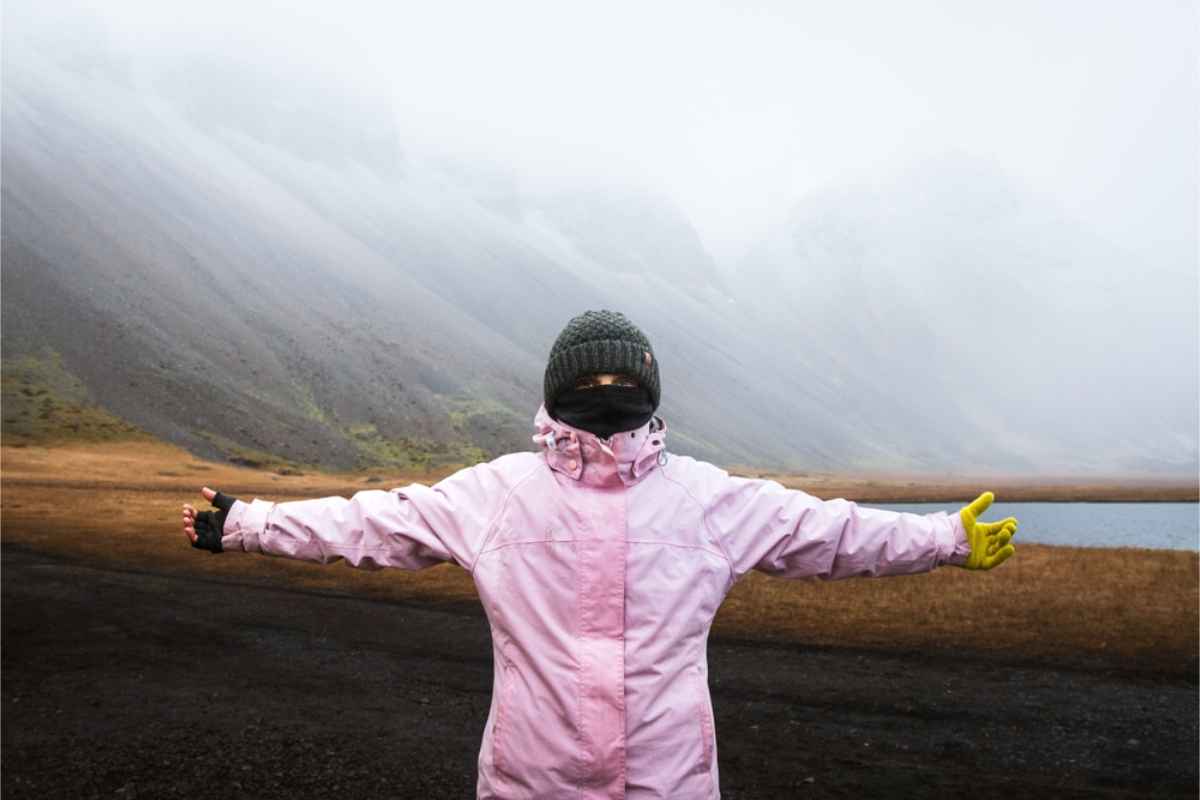
What to Pack for Driving in Iceland
The following are a few things you need to keep in mind when it comes to driving around on the island:
Safety Items for the Car
These include the following:
- Ice scraper (if not provided by your rental agent).
- Extra warm blankets or sleeping bags.
- A flashlight or headlamp (we recommend a headlamp so your hands can be kept free).
- An emergency first-aid kit.
- Car chargers, cables, and additional power banks for essential electronic devices.
- Extra rations of water and snacks such as dried fruit and energy bars (for when you miss out on a stop to stock up again, or you have to wait for assistance after a breakdown or other type of emergency).
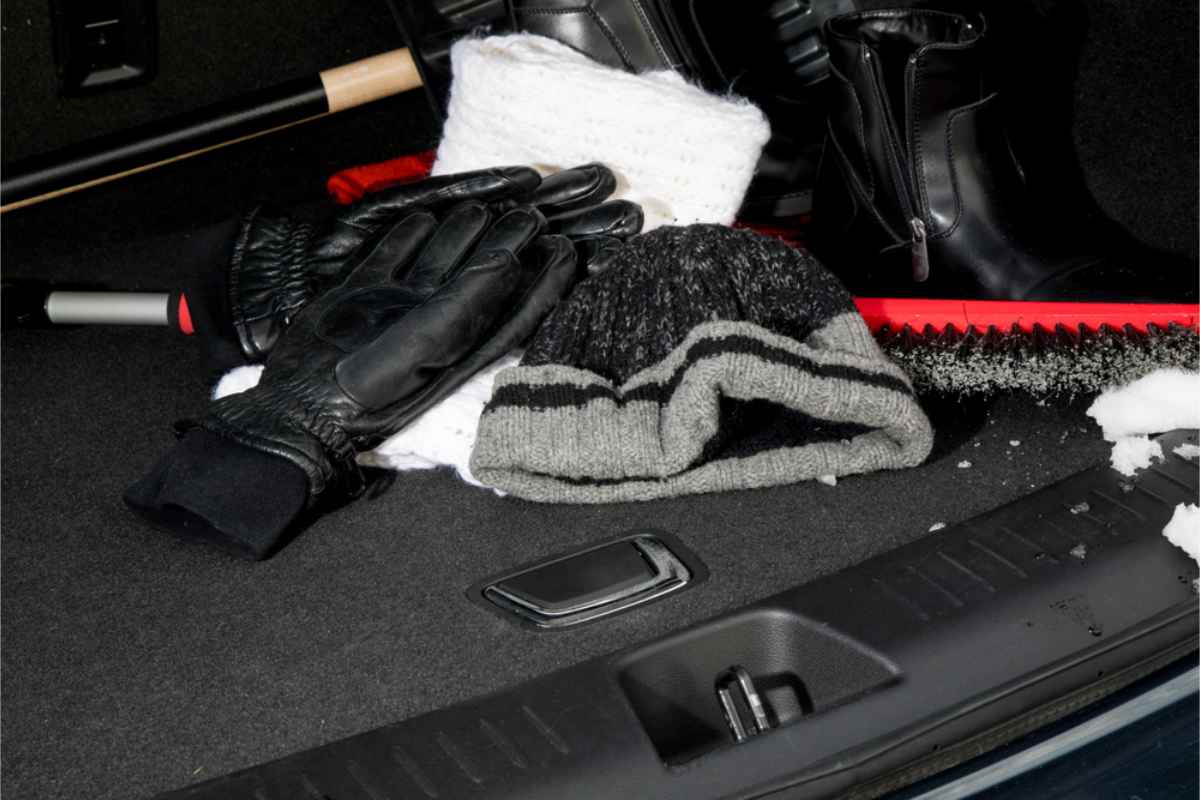
Accessories for Comfort During Long Drives
The increased daylight hours in March usually mean jam-packed trip itineraries, which means a lot more time spent in the car. So, for your convenience and comfort on these long drives, we recommend you bring the following:
- Travel mugs filled with your favorite hot drink.
- Snacks (we’re talking about road trip snacks here, and not the emergency rations of earlier).
- Hard copy and downloaded offline maps (you don’t want to be driving blind when your tech or signals fail).
Must-Have Travel Gear Beyond Clothing
These are all the additional essentials that should not be left at home:
Electronic and Travel Essentials
Iceland uses 2-prong Type F plugs, so if your devices are fitted with something else, you’ll need to remember to bring an adapter. Also, double-check to ensure that you have all (and enough!) chargers, cables, and powerbanks to keep all your essential electronics juiced up.
What many don’t know is that the cold in Iceland actually makes your device batteries run empty much quicker. If you’re not planning on taking photos on your mobile phone, remember to pack your camera and all its accessories. You also need to bring along a waterproof backpack for day outings, so you can move around hassle-free with all your essentials.

Toiletries and Health Items
You’ll need to bring your standard vanity case like you would to any other country, but please take note of the following:
- Bring lip balm and moisturizing cream. Iceland’s dry, cold air, along with our winds, can leave your skin extremely dry and your lips cracked.
- Since we place an incredible value on our environment and sustainable living, please try to bring environmentally friendly and biodegradable soaps, shampoos, conditioners, etc.
- Remember to bring all your chronic medications (but also check country restrictions). We also recommend bringing prescriptions for your essential medications since you never know when a mishap may occur, and you’ll need to get a refill (if possible) here on the island.
Hot Spring Essentials
These are more items that are often left behind since they are very counterintuitive during the winter months. But our hot springs are open all year round, and if you ask a local, there’s nothing more refreshing than having a relaxing soak in the warm healing waters with the cold breeze blowing against your face. Here’s what you need to bring to enjoy a few stops at our hot springs:
- Swimwear.
- A quick-drying towel (you don’t want to be lugging wet things around with you in the car).
- Flip-flops (very useful at our hot springs, but also our public showers).
- A bag for wet swimwear and towels.

Quick March packing list
Clothing & Warmth
- Waterproof & windproof jacket (essential!)
- Warm insulated coat (down or synthetic)
- Thermal base layers (top & bottom)
- Fleece or wool mid-layer
- Waterproof pants
- Warm hat & gloves (bring an extra pair in case one gets wet)
- Scarf or neck gaiter
- Wool socks (several pairs)
Footwear
- Waterproof hiking boots (sturdy, with good grip for icy conditions)
- Comfortable shoes for indoors/city walks
- Crampons/ice cleats (very useful for slippery sidewalks & trails)
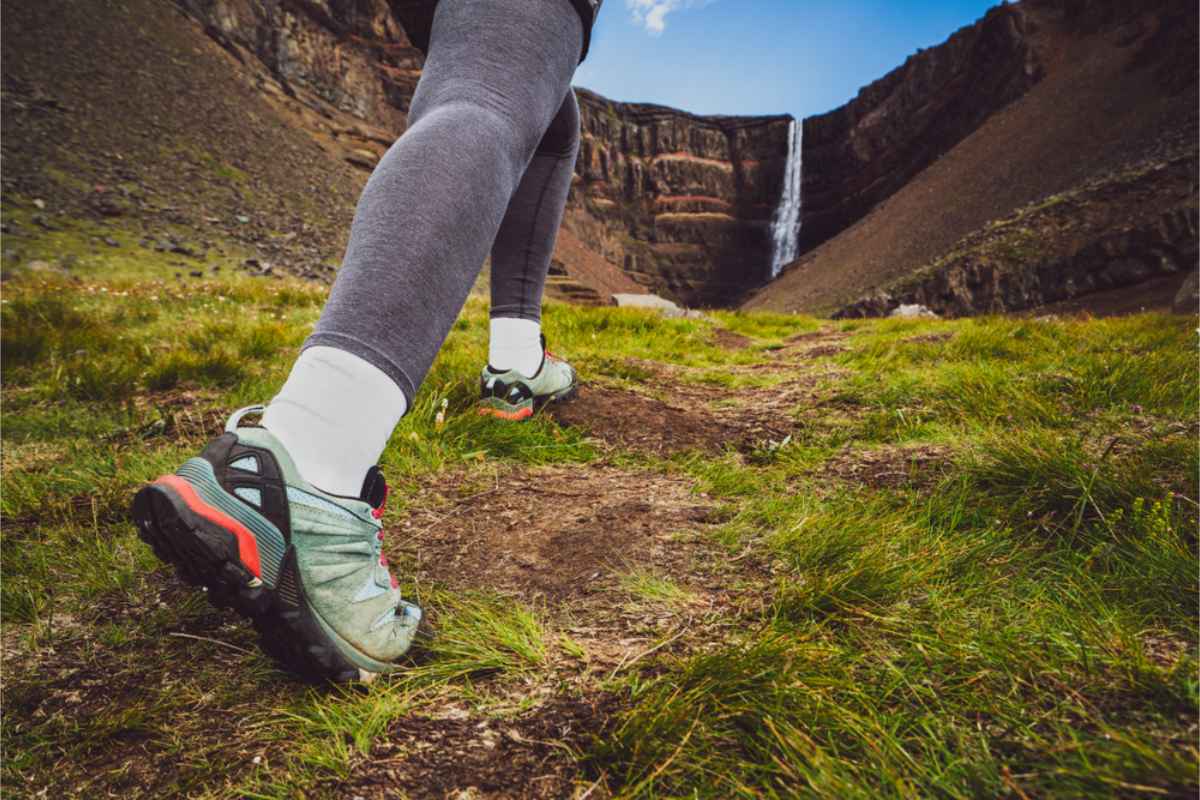
Travel Essentials
- Daypack (waterproof or with a cover)
- Swimsuit (for hot springs & pools)
- Quick-dry towel
- Sunglasses (snow glare can be strong)
- Reusable water bottle
Tech & Safety
- Camera/phone with extra memory & power bank
- Universal adapter (Iceland uses Type C/F plugs, 220V)
- Headlamp or small flashlight (days are longer than in winter, but still short compared to summer)
- Printed or offline maps (in case of spotty signal)
Toiletries & Health
- Moisturizer & lip balm (air is dry)
- Sunscreen (UV can still be strong, especially with snow reflection)
- Any personal medications

Comfort on the Road
- Travel pillow & blanket for long drives
- Snacks & thermos for hot drinks
- AUX cable / USB charger (not all rentals have Bluetooth)
- Small trash bags (handy in the car)
- Reusable shopping bags (grocery stores charge for plastic)
Pro tip for March: Weather changes fast! Pack in layers so you can adjust easily when it shifts from sunshine to snowstorm in minutes.
What NOT to Pack for Iceland in March
The following are best left behind:
- Cotton clothing. There’s a good reason why these are summer favorites. Cotton holds moisture and does not insulate (in other words, it doesn’t keep the heat).
- Heavy or bulky items. You may think your faux fur coat is ideal for warmth and that Instagrammable moment, but the packing space and space it will take up in the car, not to mention the weight on the flight and during packing and unpacking, will make these types of items an absolute nightmare.
- Open-toe or stiletto shoes. This obviously doesn’t include the previously mentioned flip-flops. We understand that you may want to “let your feet breathe” or look pretty on a night out on the town, but the only thing you’ll be accomplishing is either breaking an ankle or losing a few digits to frostbite.
- In the same sense, a trip to Iceland focuses a lot on practicality and functionality. Leave any high-fashion or statement pieces of clothing and accessories at home. You won’t find anyone here dressed to impress while walking a trail to a nearby waterfall or hear the clinking of jewelry as they hike across a glacier.
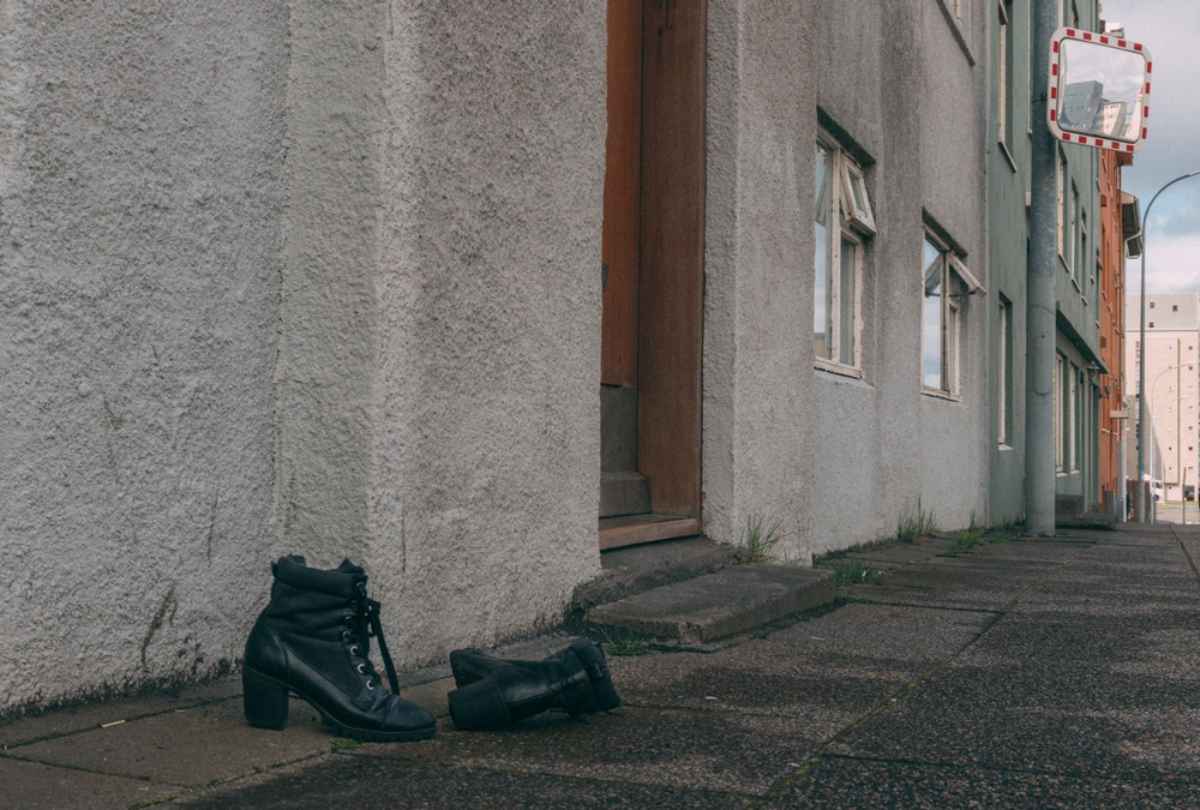
A Few Extra Tips for Packing for a March Road Trip
If this will be your first time traveling to Iceland in March, the following tips can be helpful:
- Take at least 2 pairs of gloves and hats, so you’ll always have a backup and one clean pair while the other is in the wash.
- Waterproof luggage covers are not a bad idea when traveling around the island in March.
- If you’re planning on road-tripping around the island and not traveling from a home base during your trip, we highly recommend you invest in luggage separators. This will ensure that your things stay neat and organized throughout your journey.
- Iceland has some of the purest water in the world, so you’ll get some funny looks if you try to buy water at a shop here. Just bring a refillable water bottle and top up as you go!
- The best way to know what to pack for your drive (or to bring along or wear on a day trip, for that matter) is to keep an eye on our weather and road conditions by checking sites and apps such as Vedur, Umferdin, and SafeTravel.
Final Thoughts: Be Prepared, Not Overpacked
By following our local tips and advice and by focusing on functionality and practicality, it’s easy to pack for Iceland in March.
Whether you’ll be going on day outings or you’re planning on doing a proper road trip around the island, renting a car in Iceland is key to captaining your adventure and staying in complete control of your time and trip itinerary. So, are you ready to explore Iceland this March? Then check out our available rentals and start planning the getaway of a lifetime!

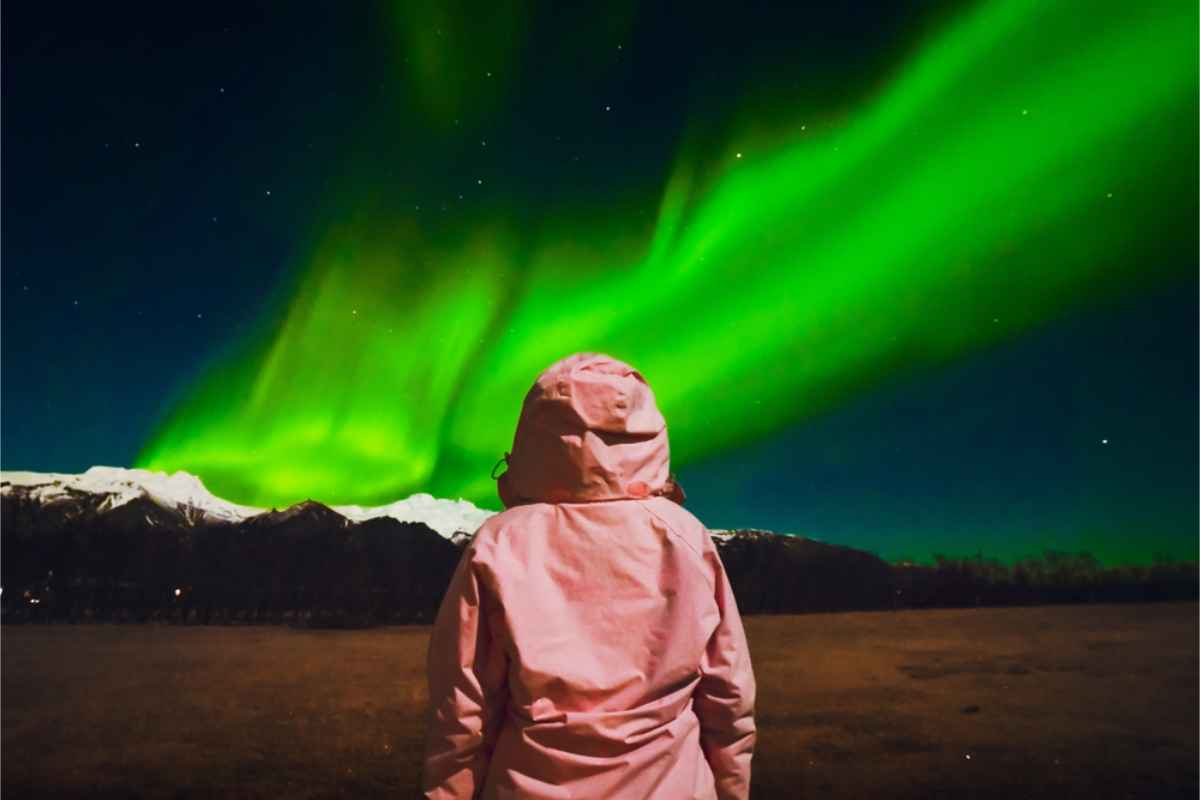
 By
By


